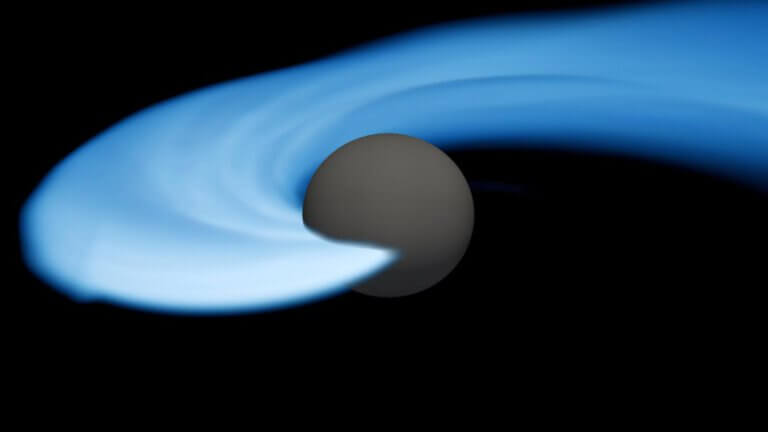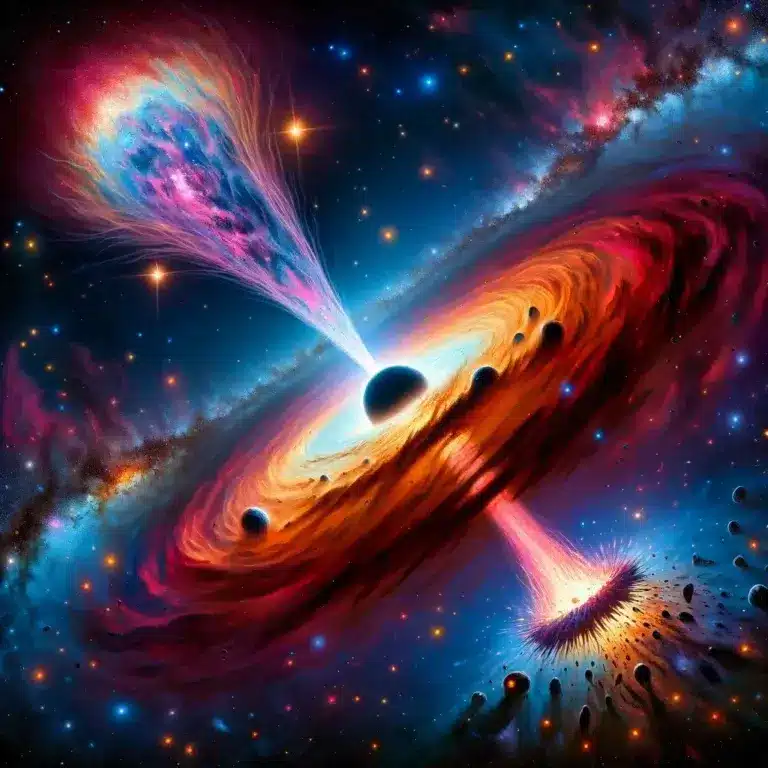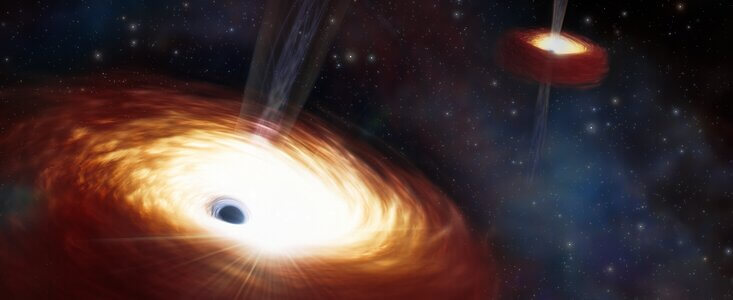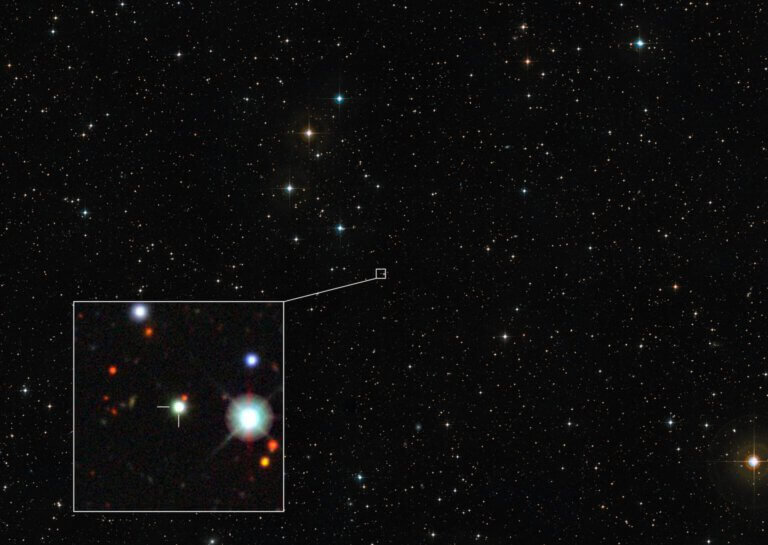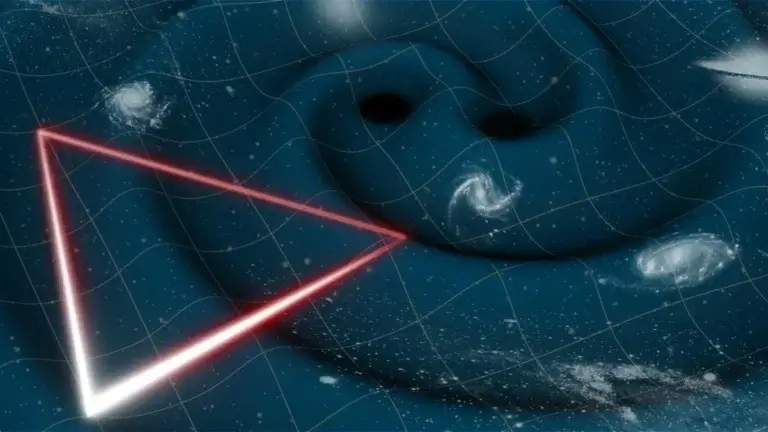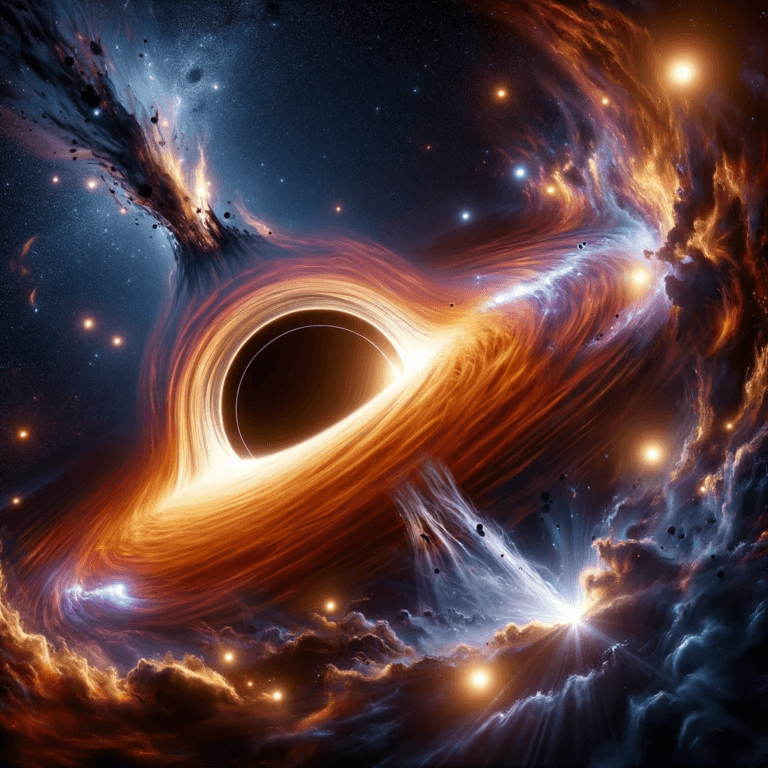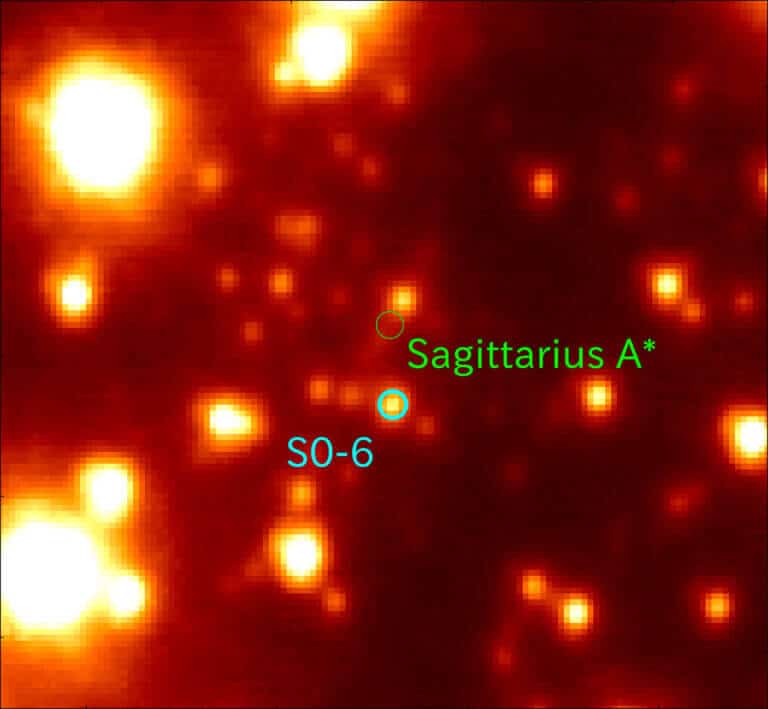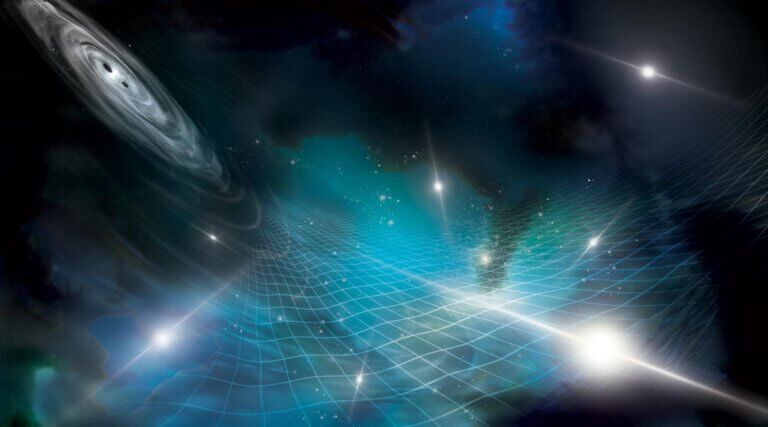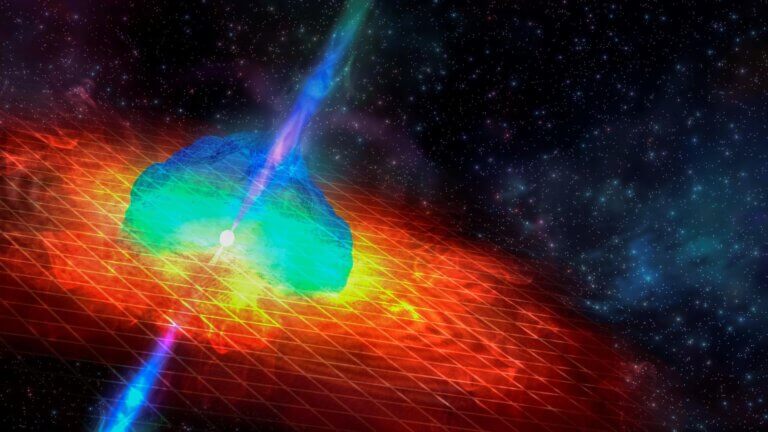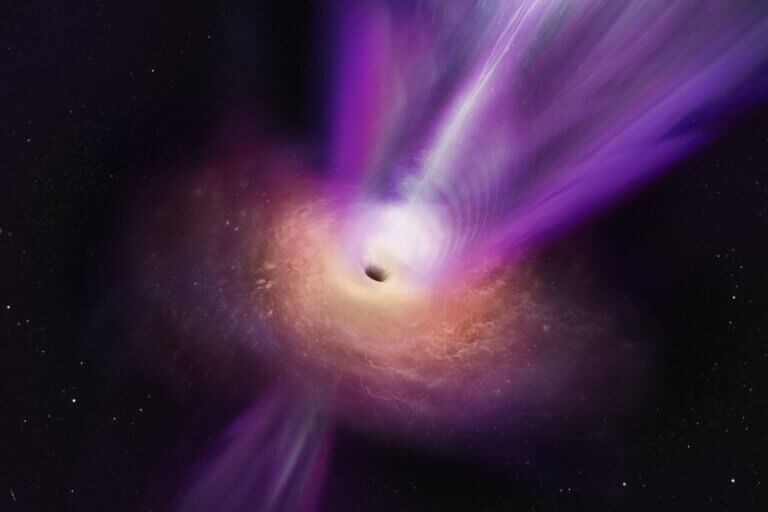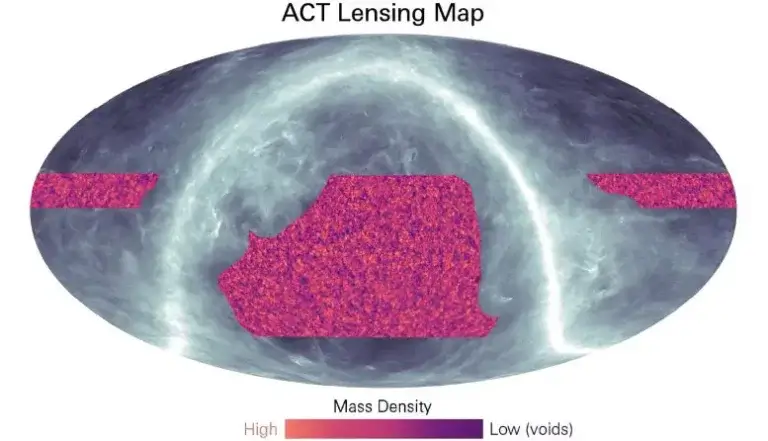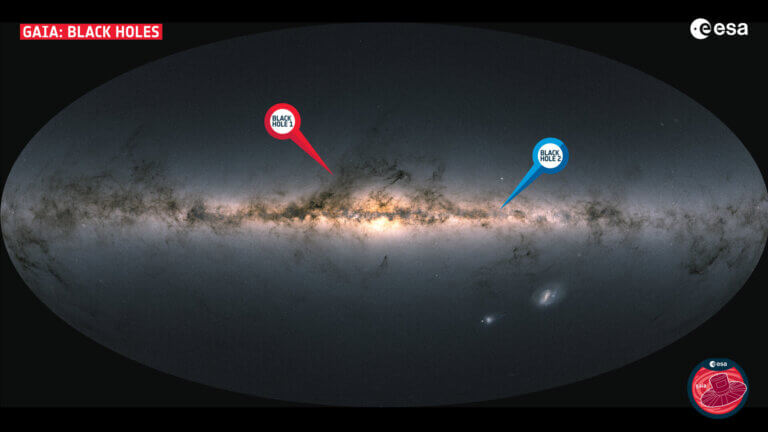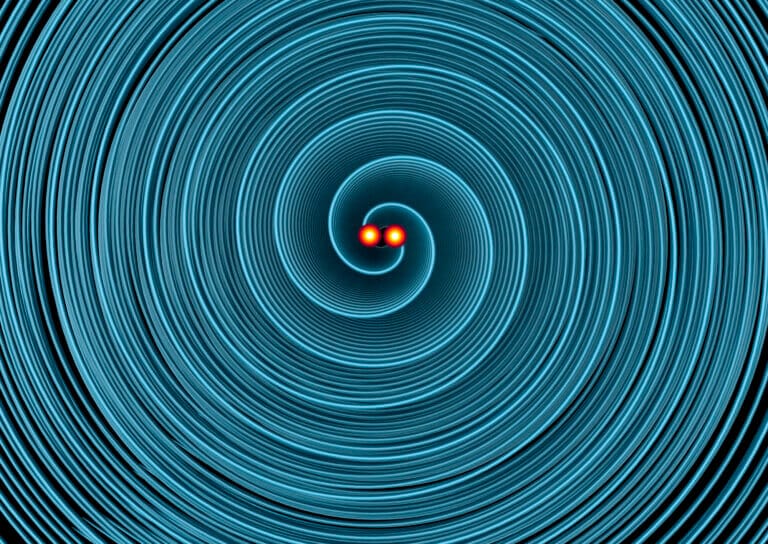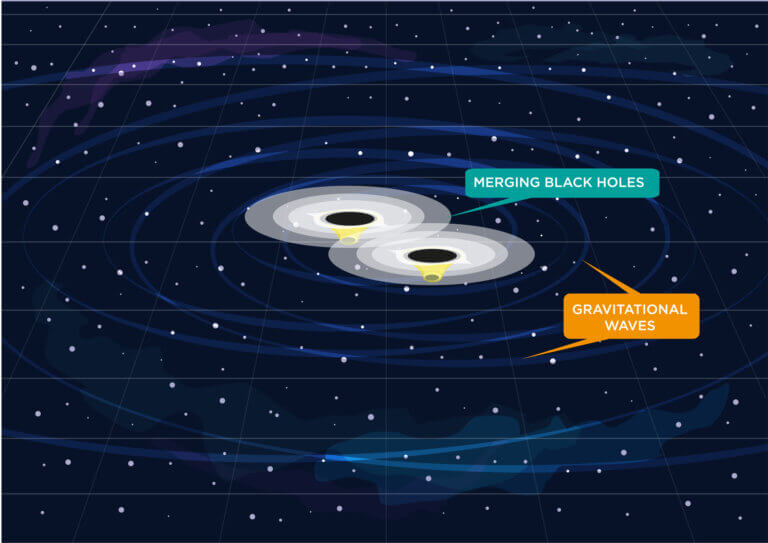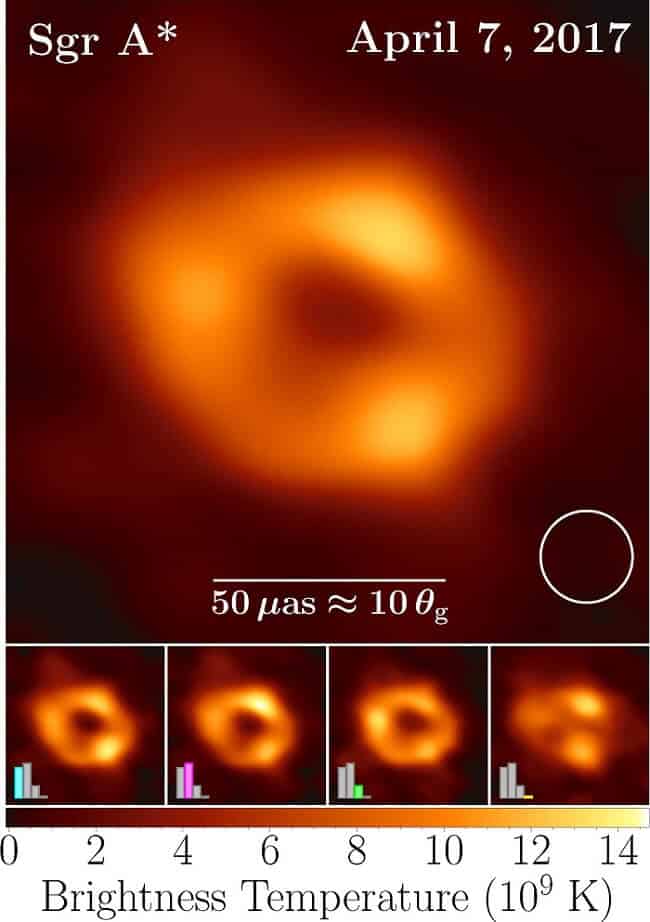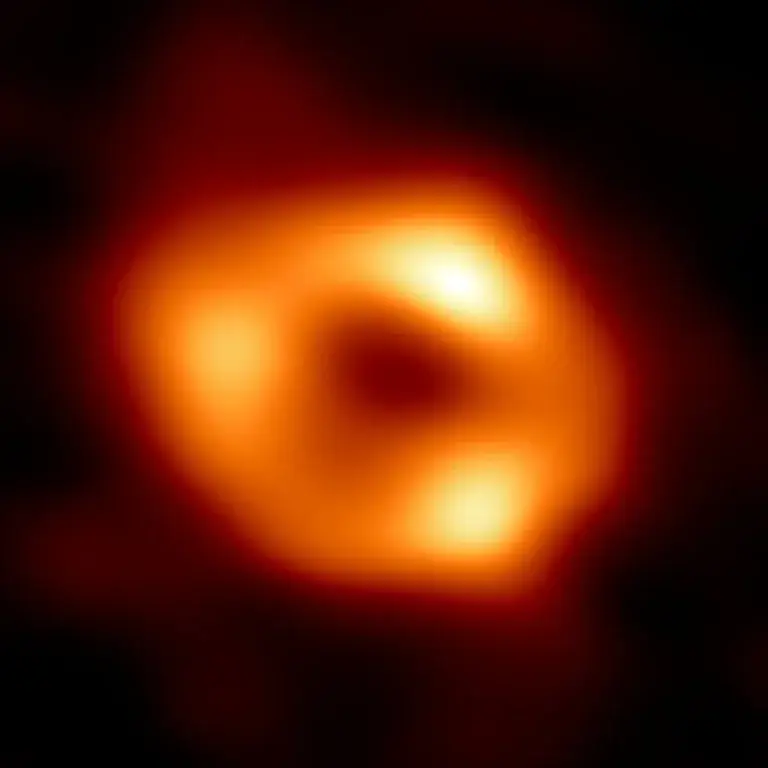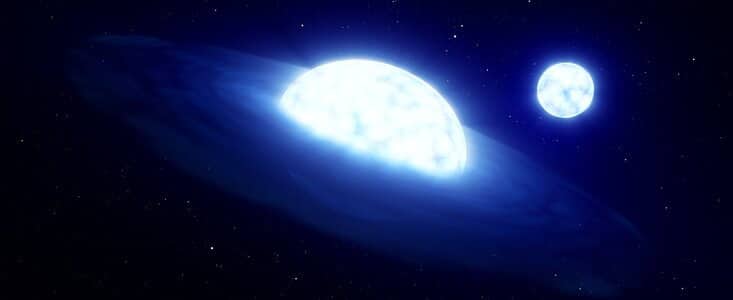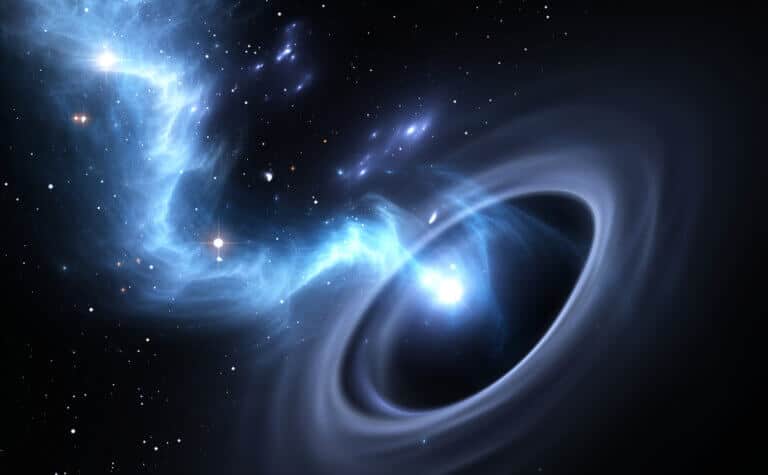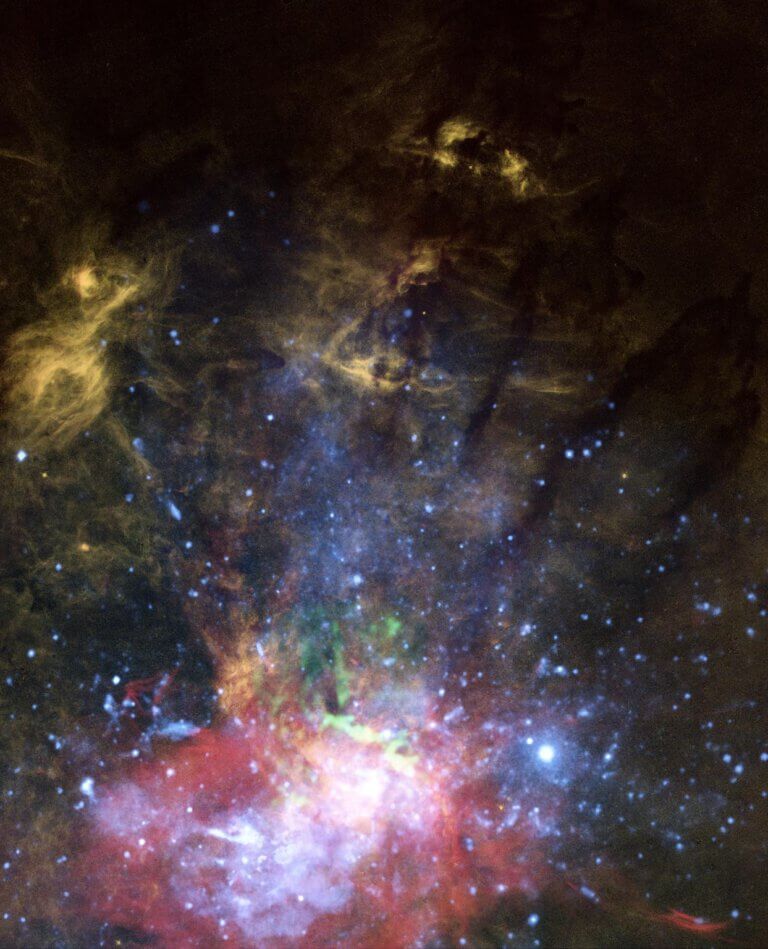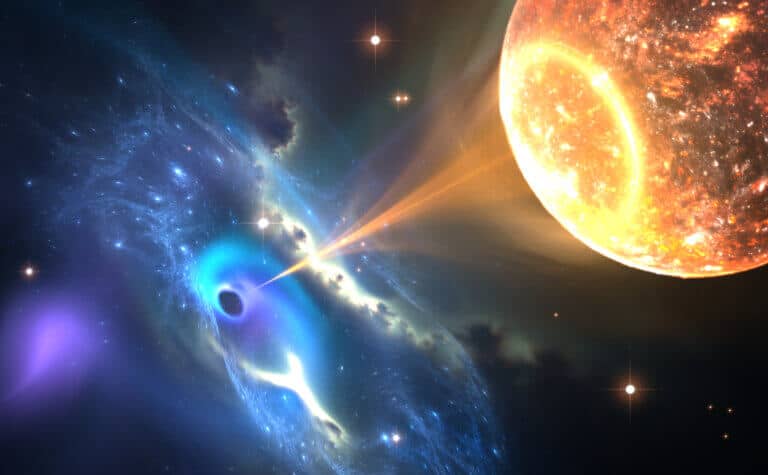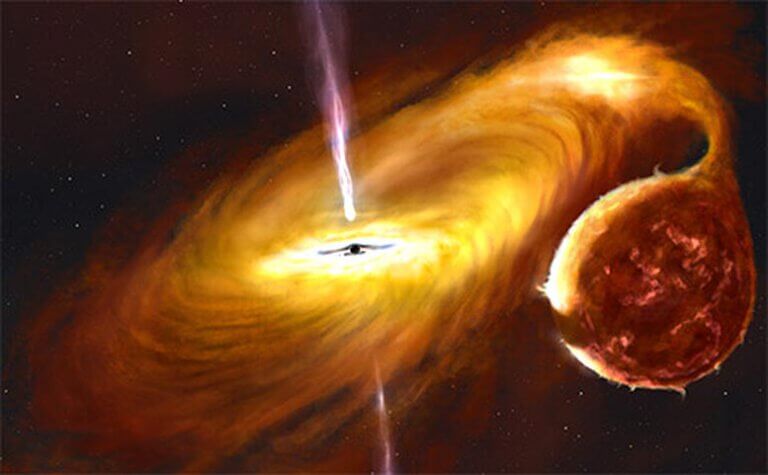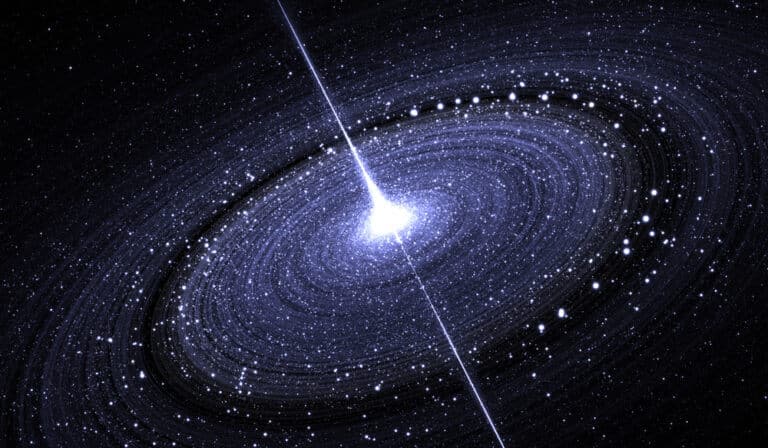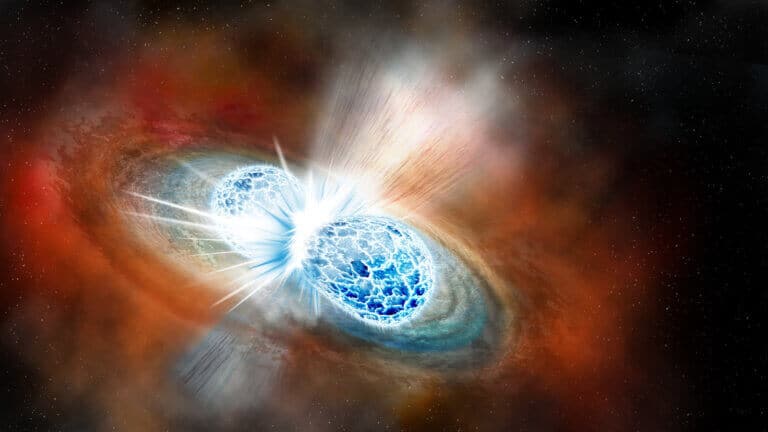Hayadan > Black holes
Black holes
- Avi Blizovsky
- April 21, 2024
- 2 תגובות
The analysis of the signal GW230529 picked up by LIGO shows that it originated from the merger of two compact objects, one with a mass between 1.2 and 2.0 times that of the Sun and the other with a mass slightly more than twice the first
- Avi Blizovsky
- April 18, 2024
- 2 תגובות
A new study reveals details of an unknown class of galaxies called compact compact objects (CSOs) that emit jets moving in opposite directions at speeds close to the speed of light
- Avi Blizovsky
- March 21, 2024
- 10 תגובות
A new study, led by the UK's University of Bath, has found that supermassive black holes need both merging galaxies and cold gas to grow. This discovery, obtained through machine learning, may change our understanding of galaxy evolution
- Avi Blizovsky
- March 3, 2024
- 2 תגובות
Data from the Gemini North Telescope provide a possible explanation for the halting of the merger of a pair of supermassive black holes at the center of a galaxy
- Avi Blizovsky
- February 23, 2024
- No comments
The material being pulled toward this disk-shaped black hole emits so much energy that J0529-4351 is more than 500 trillion times brighter than the Sun
- Avi Blizovsky
- February 17, 2024
- 7 תגובות
The European Space Agency gets the green light for the first space observatory of its kind, dedicated to revealing space-time vibrations.
- Avi Blizovsky
- January 28, 2024
- No comments
Intermediate-mass black holes (IMBHs) are a cosmic enigma, their very existence and mechanisms of formation shrouded in mystery
- Avi Blizovsky
- December 10, 2023
- No comments
Research by an international team led by Shogo Nishiyama at Miyagi University shows that some of the stars closely circling the black hole at the center of the Milky Way galaxy may have come from further away than previously thought, completely outside the Milky Way.
- The Hebrew University
- October 8, 2023
- No comments
Professor Zvi Piren, the holder of the Schwartzman Chair at the Rakah Institute of Physics at the Hebrew University and Professor Amir Levinson from Tel Aviv University will take part in a research group of the prestigious Simmons Foundation as part of an international cooperation in mathematics and physical sciences for the study of neutron stars and black holes
- Avi Blizovsky
- August 15, 2023
- 2 תגובות
"The effect of gravitational waves on pulsars is very weak and difficult to detect, but we built the credibility of the findings over time as we collected more data," said Caterina Cazziano, NANOGrav team member and senior lecturer at Caltech.
- Avi Blizovsky
- August 13, 2023
- No comments
A highly unusual burst of high-energy light from a nearby galaxy is linked by scientists to a neutron star merger
- Avi Blizovsky
- April 29, 2023
- 7 תגובות
In a recent paper published in the journal Nature, scientists analyzed new data from the Event Horizon Telescope (EHT) to produce the most detailed image yet of the supermassive black hole at the center of the galaxy M87
- Avi Blizovsky
- April 24, 2023
- 15 תגובות
A groundbreaking new map of dark matter has been created using data from the Dark Energy Survey (DES), in an international collaboration of astronomers and physicists. The map shows the distribution of dark matter in the southern sky region, and is the most accurate and detailed map of its kind ever created
- Tel Aviv University
- April 7, 2023
An international team, which includes a group of researchers from Tel Aviv University, has identified the first black hole, Gaia BH1, which is 1500 light years from Earth
- The Voice of Science website - the Israel National Science Foundation
- March 24, 2023
Gravitational wave analysis hints at the way black hole pairs are formed
- Avi Blizovsky
- June 15, 2022
- One response
A team of researchers from Australia recently made a new prediction about the strength of this gravitational wave signal. The new estimate is based on data from the MassiveBlack-II imager, which simulates a massive region of space that resembles a slice of our universe
- Avi Blizovsky
- May 14, 2022
- One response
Says Dr. Shahar Hadar, a theoretical astrophysicist from the University of Haifa and Oranim College who also works in the development of the next generation of the Event Horizon Telescope. He also explains why it took five years to produce the photo published this week and what is planned to be done in order to improve the resolution
- Avi Blizovsky
- May 12, 2022
- 2 תגובות
First image of the black hole at the center of our galaxy Sagittarius A* (Sagittarius Ai Kochav) which until now has been studied for its effect on other stars, this time we can see its event horizon. Photographed by the Ofek Al-Havain partnership which connected eight radio observatories into one radio telescope the size of the Earth
- Avi Blizovsky
- March 6, 2022
- 2 תגובות
In 2020, a team led by astronomers from the European Southern Observatory (ESO) reported the closest black hole to Earth, which is only 1000 light years away. But other researchers have disputed their results. After further observations from the ground and from space, both the original researchers and their critics came to the conclusion that there is no black hole
- Avi Blizovsky
- February 12, 2022
- 5 תגובות
Holes were able to detect a black hole that matter does not fall into or is not part of a binary system, thus it is not exposed to the eye and to almost any other instrument * Some telescopes that are under construction or ready to be used will be able to detect such individual black holes on a daily basis
- Avi Blizovsky
- December 21, 2021
- 4 תגובות
The Hubble Space Telescope photographed a bright knot of gas hit by an invisible jet from the black hole, which is only 15 light years away. The black hole must have looked bright billions of years ago as a quasar, when our young galaxy was fed by lots of infalling gas. But after all this time the black hole is acting sporadically, unwilling to take a nap
- Avi Blizovsky
- November 28, 2021
- 7 תגובות
The Laser Interferometer Gravitational Wave Observatory (LIGO) in the US and the Virago Gravitational Wave Observatory in Italy captured the gravitational waves from the death spiral and merger of a neutron star with a black hole, not once but twice. The findings were recently published in The Astrophysical Journal Letters
- Avi Blizovsky
- November 14, 2021
- 7 תגובות
An international team of astrophysicists from South Africa, the UK, France and the US have found a large variation in the brightness of light seen around one of the closest black holes in our galaxy, 9,600 light-years from Earth, and they conclude that it is caused by a massive distortion in its accretion disk
- The Hebrew University
- July 4, 2021
- One response
Researchers from the Hebrew University and France discovered that below the critical size there are factors that prevent black holes from swallowing gas and growing, in galaxies with a mass of more than ten million suns, the attraction is large enough to pull more and more material from the galaxy to the black hole at its center
- Universe Today
- March 22, 2021
- No comments
When LIGO and Virgo observe more black star collisions, they may observe many small black stars. If that happens, we may have to examine this idea of darker matter more carefully

